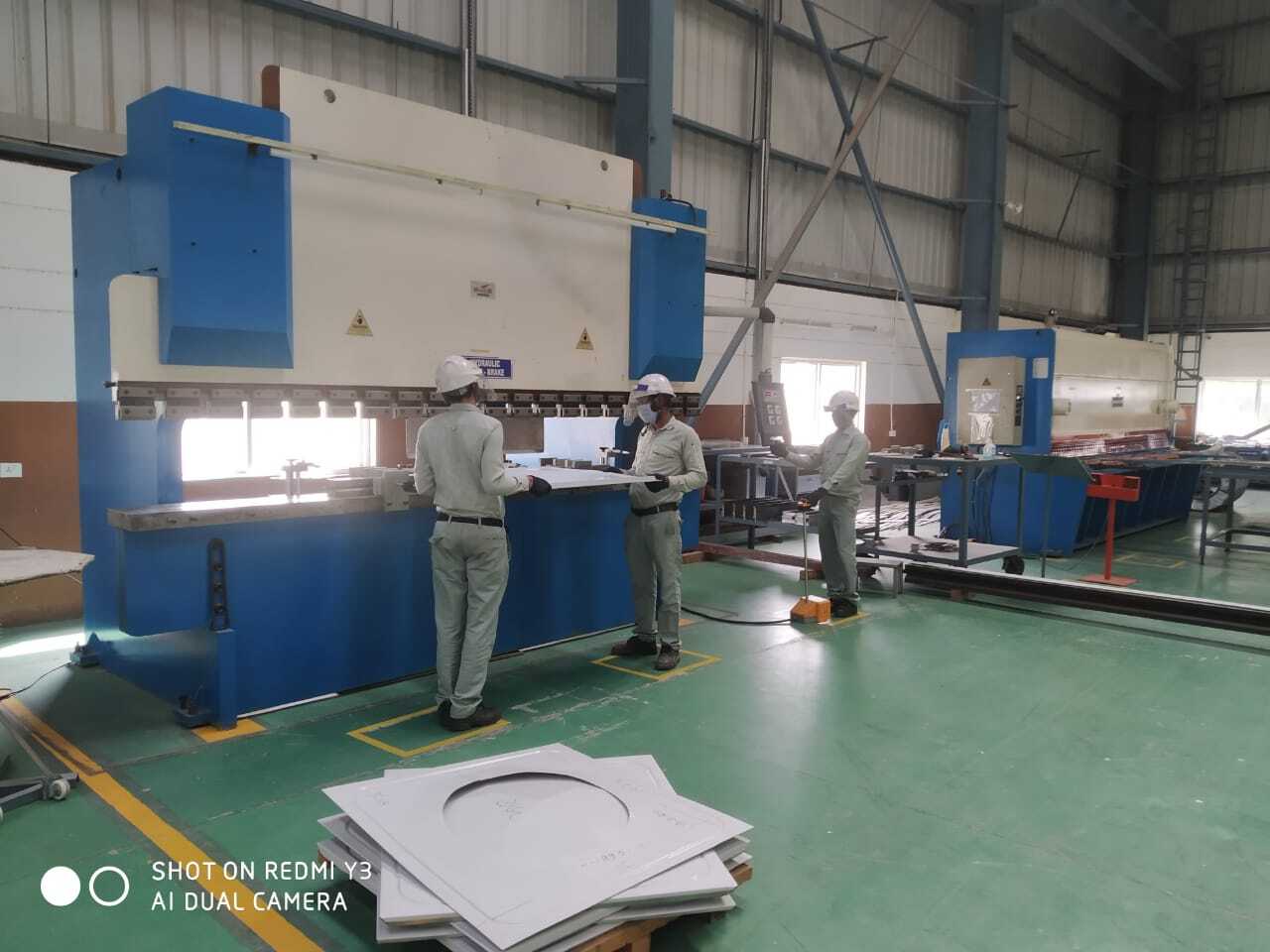The secret of Beltecno's stainless steel panel tank quality. How we are different ?

Japan, the origin of all major quality standards
As discussed for a Japanese company quality is the highest priority and can not be compromised at any cost. following are the main Japanese quality management techniques widely used in the world.
1) Six Sigma
2) JIS (Japanese Industrial Standards)
3) 5S standards
4) TQM (Total Quality Management)
5) KAIZEN
6) QMS
Beltecno follows 5S standards to manufacture stainless steel Panel tanks.
5S came out as an effective working guideline from few Japanese words that describe the steps of a workplace organization process. Below is the meaning of these Japanese five worlds which are changing the working culture towards an effective and productive path.

- Seiri (Sort)
- Seiton (Straighten, Set)
- Seiso (Shine, Sweep)
- Seiketsu (Standardize)
- Shitsuke (Sustain)
In very general terms, the five S working methodology helps a workplace in removing unnecessary items that are no longer needed (sort), organize all the items to increase work efficiency and production (straighten), clean and maintain the area in order to more easily identify errors (shine), implement color coding and labels to stay updated with other areas (standardize) and develop standards and policies that keep the workplace organized over the long term (sustain).
Here is a full explanation of each ‘S’
- Sort (seiri) – what is the difference between necessary and unnecessary things, and getting rid of what you do not need in your workplace, sorting them is the first step. Below is the detailed process explained.
- Remove items those are not been used in the area for so long – outdated items, broken equipment, redundant equipment, files on the computer, measurements that you no longer use
- Ask your team to tag all items which they don’t think are required – this activity will improve understanding about what is the need and what is the useless item so from next time not to include that in your inventory or choose accordingly.
- Place ‘Red Tag’ on items to be removed, categorize all equipment and materials by frequency of use to help decide if it should be removed –make a ‘holding place’ for the items you are not sure to classify.
- Straighten (seiton)–The practice is primarily a storage method so the right item can be picked efficiently at the right time. Putting the things in order easy to access for everyone in your team. A commonplace for everyone and everything is in its place.
- Recognize and define a place for all the materials, items, and equipment needed for your work
- Allocate fixed places and a fixed quantity of each item.
- Make it simple and very compact.
- Maintain heavy object’s height appropriately so that it's easy to pick from there.
- prioritize how things should be put away, and follow those guidelines.
-1.jpg?width=4000&name=2021-04-14%20(7)-1.jpg)
- Shine (seiso) – Maintained and clean workplace without unwanted items, dirt, so problems and errors can be easily recognized i.e. leakage, spills, excess, damage, etc.
- Perform a root causes analysis of dirtiness, and correct the process to eliminate that.
- placing tools and equipment clean is a good habit, put them in top condition, ready for use at any time.
- Cleaning should be a daily activity – at least for 5 minutes per day
- Use a chart with signatures/initials shows that the action has been taken place
- Ensure proper lighting in workplace.
- Standardize (seiketsu)– setup the general standards for a neat and clean workplace.
- Standardization of best practices through ‘visual management’ and inspection.
- Make error visible to management for its proper rectification.
- Standards make it easy to move co-workers into different locations.
- Create process guidelines of how to maintain the standard with defined KRAs. (Key Responsibility Area)
- Make it very easy to understand the instruction for everyone to identify the state of normal or abnormal conditions by placing photos on the walls, to provide visual reminders.

- Sustain (shitsuke)– This practice is about Implementing behaviors and right habits to maintain the already established standards over the long term and making for company, a key to managing the process for successful years in future
- Setting up the standards is easy but the toughest part is to Sustain them for a long time – most of organizations fall short of this goal.
- setup and regulate the responsibilities of each one of team member.
- To make sure that everyone sticks to the defined rules and makes it a habit
- Participation is important of everyone in developing good habits within the workplace.
- Regular audits and reviews should be conducted to watch the activities.
- Conduct root cause and provide recommendation to mitigate the issue.
- Aim for higher 5S levels and continuous improvement should be goal of everyone.

Best stainless steel fabrication award for Beltecno's Stainless steel panel tanks
For more information regarding our stainless steel water tanks download our product brochure by clicking the button below, drop us your requirement on sales@beltecnoindia.com or call us on any of the given numbers +91 9116009580/+91 7300084028
